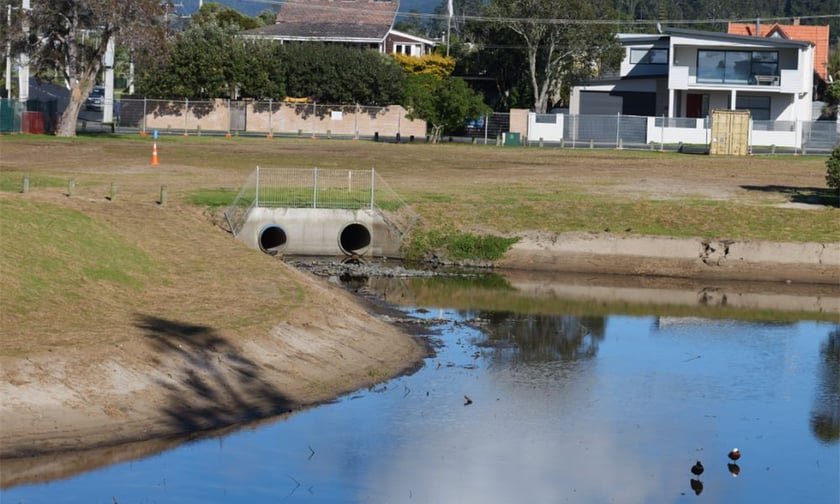

The Thames-Coromandel District Council (TCDC) has launched a new stormwater flood modelling system for Whangamatā, aimed at guiding upcoming infrastructure projects and assisting property owners in managing potential flood risks.
The council has approved$9.2 million in capital funding as part of its 2024-2034 Long-Term Plan (LTP) to tackle these stormwater issues over the next six years.
The flood modelling, developed using data from the National Institute of Water and Atmospheric Research (NIWA), simulates a flood event with a 1% Annual Exceedance Probability, meaning a one-in-100-year occurrence.
The council expects this model to offer insights into areas most susceptible to stormwater flooding and aid in improving preparedness for future events.
This digital map and related information, including answers to frequently asked questions, are now available on the council’s website.
Whangamatā property owners will also receive letters detailing the new model, and a series of drop-in sessions have been organised to allow residents to engage with council staff and seek further information.
Scheduled sessions will be held at the council’s Whangamatā office throughout November, with separate consultations planned for industry professionals, such as real estate agents, builders, and developers.
The council unveiled the flood modelling as New Zealand insurers call for accelerated climate adaptation efforts due to the rising volume of storm-related insurance claims.
Recent figures from insurers AMI, State, and NZI indicate that storms made up 78% of all natural hazard-related claims over the past six months, although the total number of claims has decreased compared to previous periods.
The North Island has been the hardest hit, contributing 84% of all storm-related claims, with particular impact on regions like Hawke’s Bay and cities like Dunedin, which experienced its wettest day in over 100 years.
Amanda Whiting, CEO of AMI, State, and NZI, noted that recent storm events have caused widespread damage in communities across the country, generating substantial insurance claims.
She emphasised the importance of a forward-looking approach to risk management, given New Zealand’s vulnerability to natural hazards. She called for an increased focus on resilience and risk reduction, rather than solely on recovery efforts.
Whiting also referenced the Finance and Expenditure Committee’s recent climate adaptation report, urging for its recommendations to be turned into actionable policies to give New Zealanders more certainty in managing future climate risks.
Echoing this sentiment, Kris Faafoi, CEO of the Insurance Council of New Zealand (ICNZ), has called for a coordinated national strategy to protect communities, infrastructure, and assets from the growing risks posed by climate change.
He advocated for a lead agency to oversee climate adaptation efforts and ensure collaboration between government bodies, local authorities, and the private sector.
